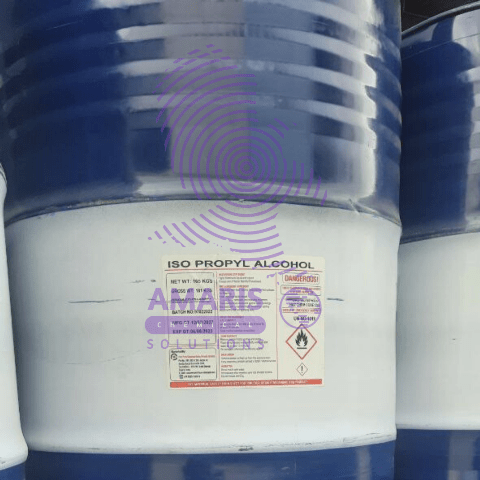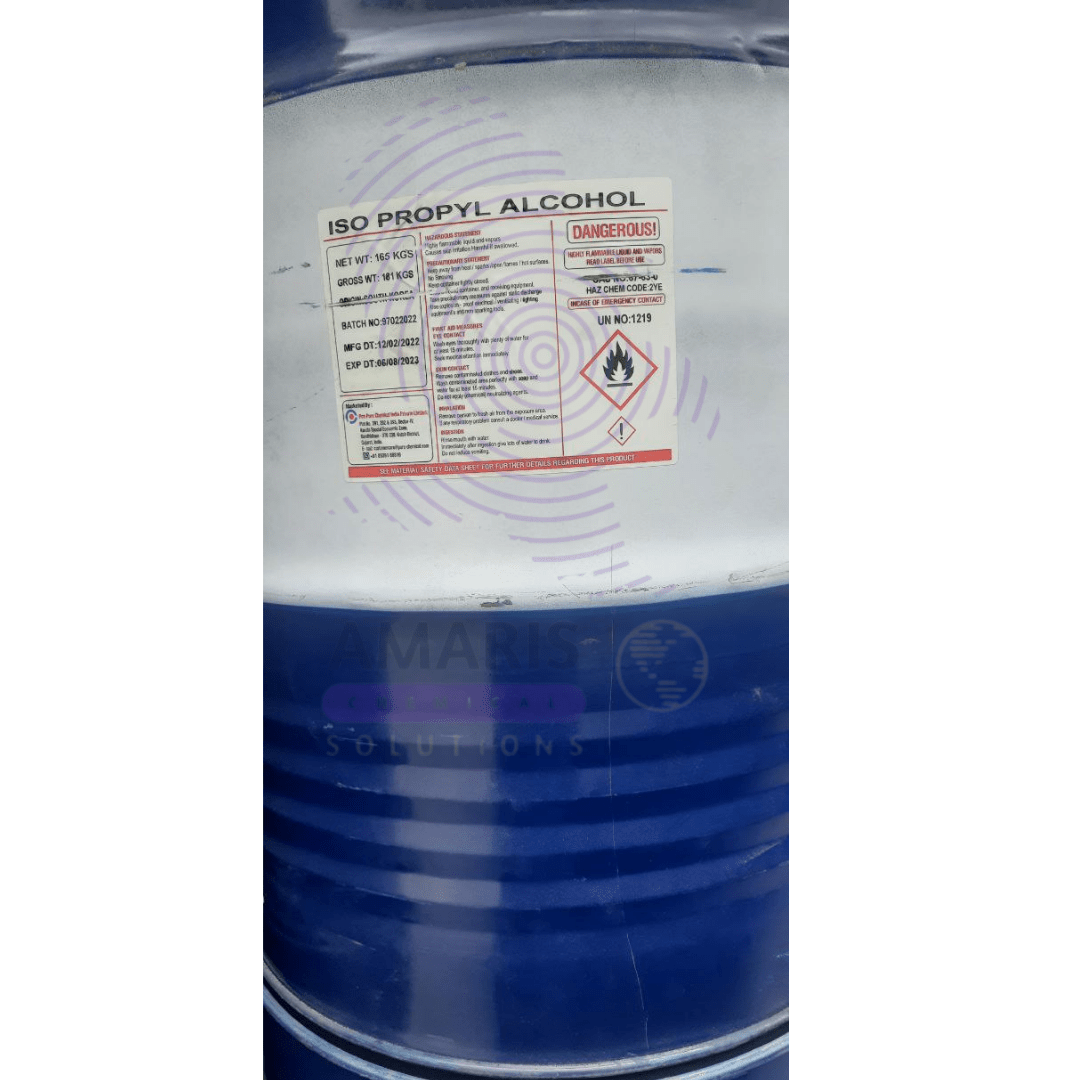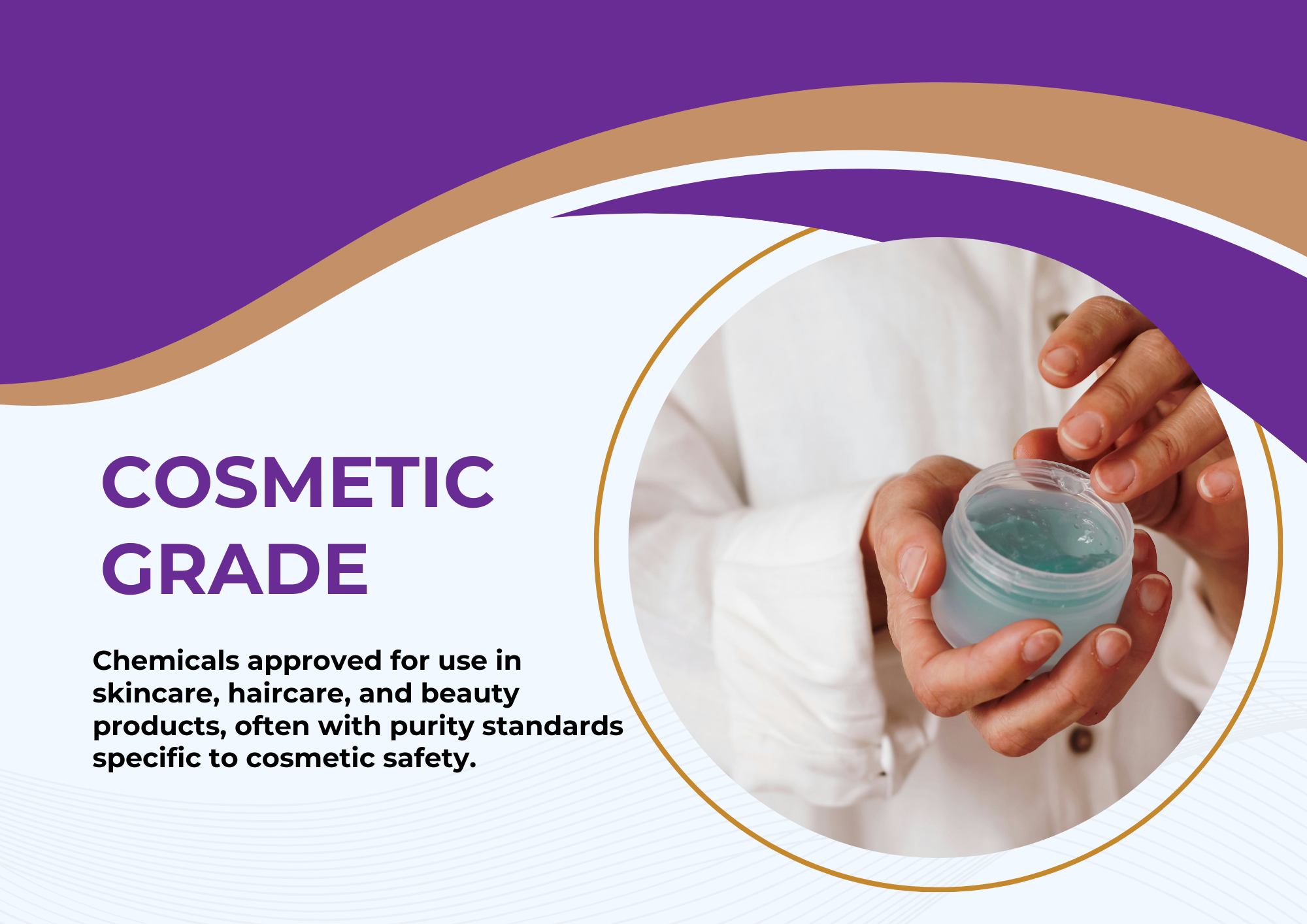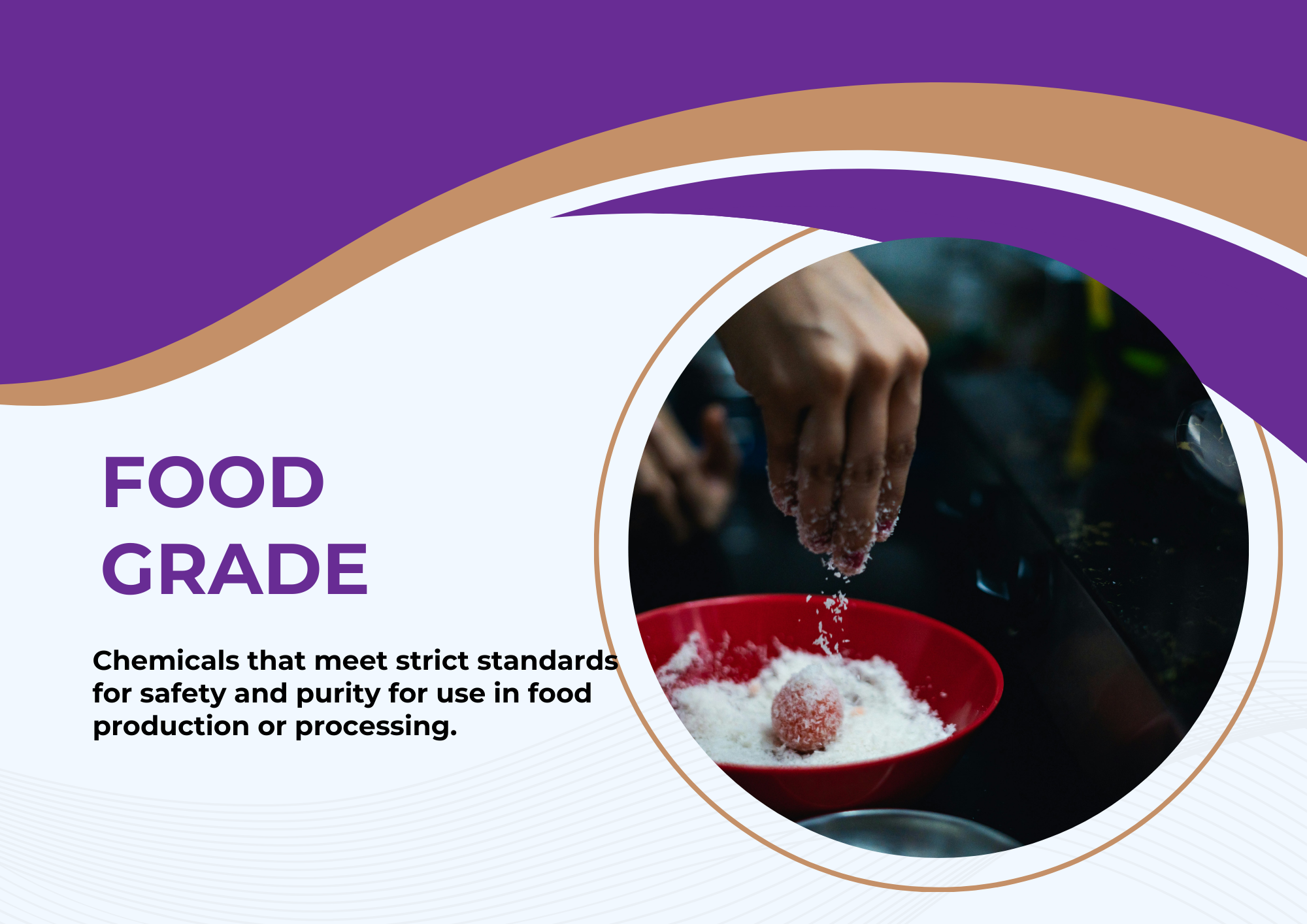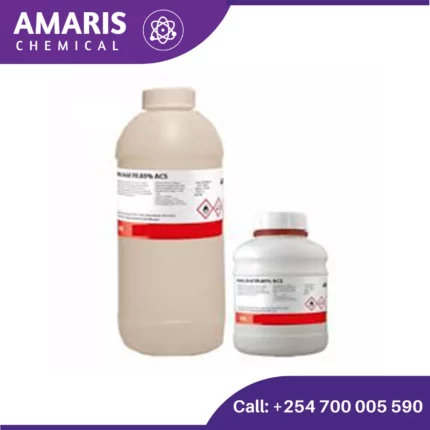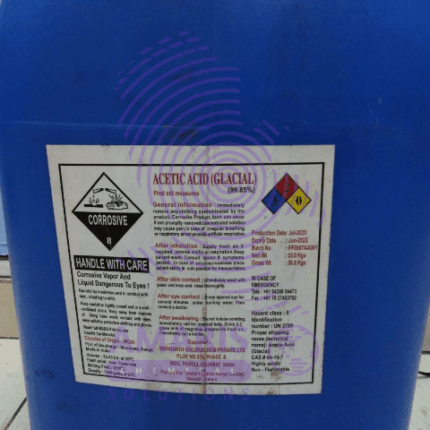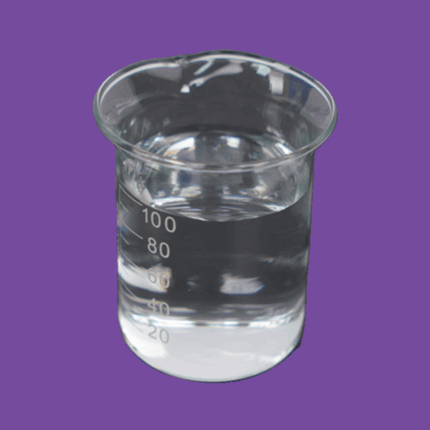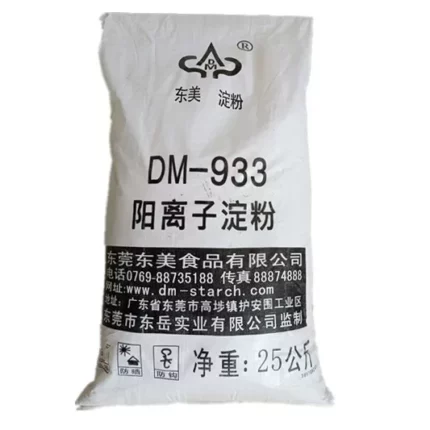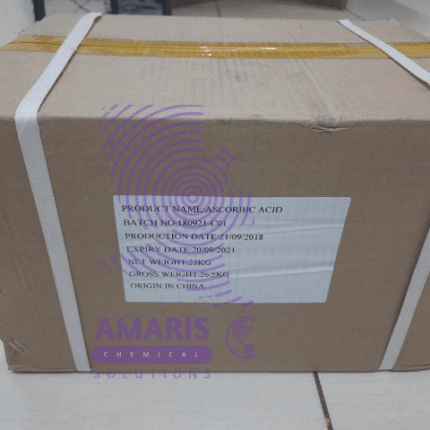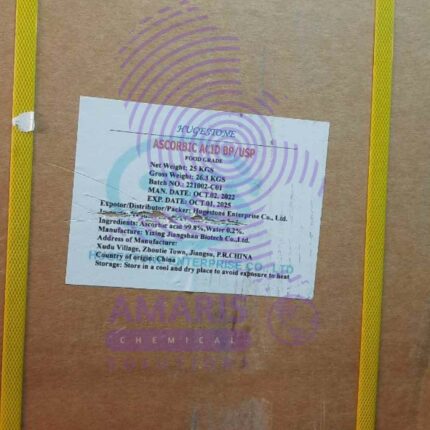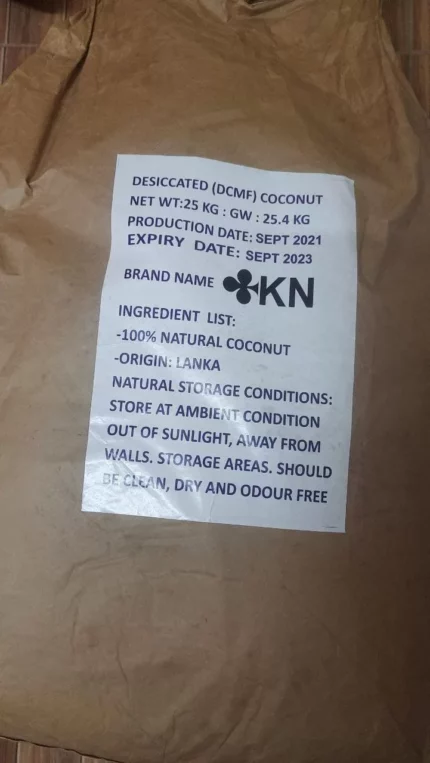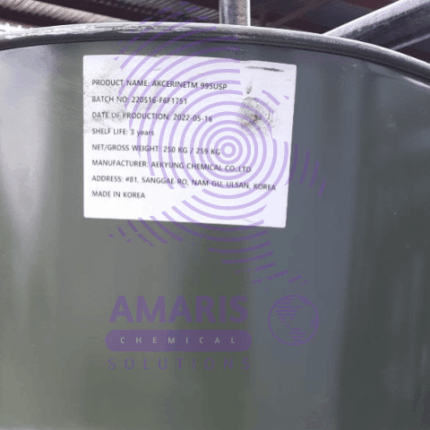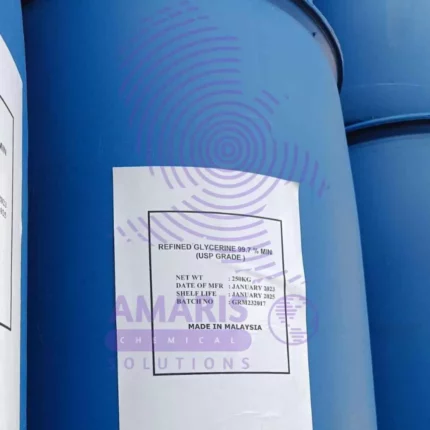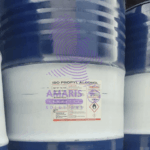

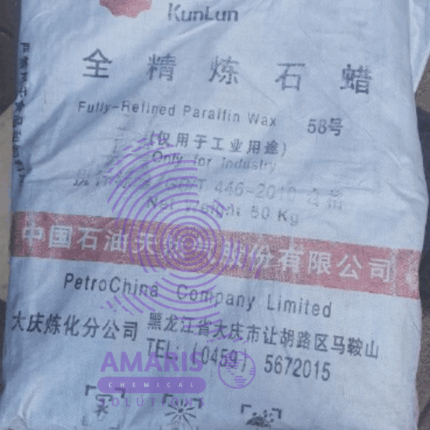
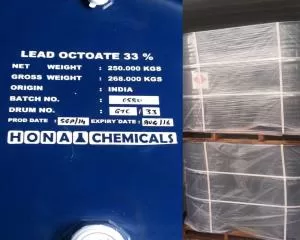
Isopropyl Alcohol-IPA
$0.01 Original price was: $0.01.$0.00Current price is: $0.00.
Isopropyl Alcohol-IPA, also known as 2-propanol, is a colorless, flammable chemical compound with the molecular formula C3H8O. It is a type of alcohol that is commonly used as a solvent, disinfectant, and cleaning agent in a variety of industries, including healthcare, manufacturing, and electronics. IPA is often used as a disinfectant because it is effective at killing a wide range of microorganisms, including bacteria, viruses, and fungi. It is also commonly used as a solvent for oils, resins, and gums, and as a cleaning agent for electronic devices and other equipment.
Isopropyl Alcohol-IPA Uses
Primary Uses of IPA
-
Medical & Healthcare:
-
Disinfectant: Used in hospitals and clinics to sterilize surfaces, tools, and skin before injections.
-
Hand Sanitizer: A key ingredient (60-70% concentration) in sanitizers for killing bacteria and viruses.
-
Antiseptic: Used to clean minor wounds to prevent infection.
-
-
Electronics & Manufacturing:
-
Cleaning Agent: Removes flux residues, oils, and dust from circuit boards and electronic components.
-
Dehydrating Agent: Helps dry and clean precision equipment without leaving residue.
-
-
Industrial & Laboratory:
-
Solvent: Used in paints, inks, and coatings due to its ability to dissolve oils and resins.
-
Chemical Intermediate: Used in producing acetone, glycerol, and other chemicals.
-
Laboratory Use: Used for cleaning lab equipment and as a solvent in chemical reactions.
-
-
Pharmaceuticals:
-
Used in the production of drugs, lotions, and tinctures.
-
Secondary Uses of IPA
-
Household Cleaning:
-
Disinfects countertops, glass, and mirrors.
-
Removes sticky residues (like glue or tape marks).
-
Cleans keyboards, smartphones, and screens.
-
-
Automotive:
-
Removes grease, tar, and adhesive residues from car surfaces.
-
Cleans fuel injectors and brake parts.
-
-
Personal Care & Cosmetics:
-
Found in aftershaves, perfumes, and nail polish removers.
-
Used as a rubbing alcohol for muscle pain relief.
-
-
Printing & Inks:
-
Used in cleaning printer heads and as a solvent in inks.
-
| APPEARANCE |
Watery/Thin – Low viscosity e.g., ethanol |
|---|---|
| CONCENTRATION |
85% |
| AVAILABLE GRADES |
TECHNICAL GRADE |
- Basic Identification Attributes
- Chemical Name: Propan-2-ol (IUPAC), Isopropyl alcohol (common)
- CAS Number: 67-63-0
- HS Code: 2905.12.00 (for isopropanol)
- Molecular Formula: C₃H₈O or (CH₃)₂CHOH
- Synonyms: Isopropanol, IPA, 2-propanol, rubbing alcohol, sec-propyl alcohol
- Physical & Chemical Properties
- Physical State: Clear, colorless liquid
- Color & Odor: Colorless; strong, alcoholic odor
- Boiling Point: 82.6°C (180.7°F)
- Melting Point: -89.5°C (-129.1°F)
- Density: 0.785 g/cm³ (20°C)
- Solubility:
- Miscible in water, ethanol, ether, chloroform
- Slightly soluble in salt solutions
- pH Level: ~7 (neutral)
- Vapor Pressure: 33 mmHg (20°C)
- Flash Point: 12°C (54°F) (closed cup) – Highly Flammable
- Autoignition Temperature: 399°C (750°F)
- Viscosity: 2.86 cP at 15°C (similar to ethanol)
- Safety & Hazard Attributes
- Hazard Class (GHS):
- Flammable Liquid (Category 2)
- Eye Irritant (Category 2)
- May cause drowsiness/dizziness (Category 2)
- NFPA Ratings:
- Health: 1 | Flammability: 3 | Reactivity: 0
- Exposure Limits:
- OSHA PEL: 400 ppm (980 mg/m³)
- ACGIH TLV: 200 ppm (492 mg/m³)
- Reactivity:
- Forms explosive peroxides with oxidizers (e.g., hydrogen peroxide, nitric acid).
- Avoid strong acids, bases, and oxidizing agents.
- Storage & Handling Attributes
- Storage Conditions:
- Store in a cool (<30°C), dry, well-ventilated area away from ignition sources.
- Keep containers tightly closed.
- Incompatible Materials:
- Strong oxidizers (e.g., bleach, hydrogen peroxide), acids, alkali metals.
- Container Type:
- Plastic (HDPE) or stainless steel; avoid aluminum (can react).
- Shelf Life: Indefinite if stored properly (check for peroxide formation in old stocks).
- Special Handling:
- Use in well-ventilated areas (fume hood if high concentrations are used).
- Wear nitrile gloves, safety goggles, and flame-resistant clothing.
- Regulatory & Compliance Attributes
- Regulatory Status:
- EPA: Listed as a VOC (Volatile Organic Compound).
- DOT: UN1219 (Class 3 Flammable Liquid, PG II).
- EU REACH: Registered for industrial and consumer use.
- Hazard Symbols (GHS):
- Flame (flammable) | Exclamation Mark (irritant)
- Transportation Restrictions:
- Requires "Flammable Liquid" label for shipping.
- Limited quantities allowed in passenger aircraft.
- Waste Disposal:
- Incinerate as hazardous waste (EPA RCRA) or recycle via solvent recovery.
- Environmental & Health Impact
- Ecotoxicity:
- LC50 (fish): ~1,000–10,000 mg/L (moderately toxic).
- Readily biodegradable (BOD5: ~60–70%).
- Persistence: Breaks down in air/water within days (low environmental persistence).
- Carcinogenicity:
- IARC: Group 3 (Not classifiable as carcinogenic to humans).
- ACGIH: A4 (Not suspected as a human carcinogen).
- Biodegradability: >90% degradation in 28 days (OECD 301 test).
Personal Protection:
- Gloves: Wear nitrile or neoprene gloves (latex is not recommended as IPA can degrade it).
- Eye Protection: Safety goggles or a face shield to prevent splashes.
- Clothing: Lab coat or chemical-resistant apron.
- Respiratory Protection: Use in well-ventilated areas; if vapor concentration is high, use an organic vapor respirator.
Handling & Storage:
- Ventilation: Use in well-ventilated areas or under a fume hood to avoid vapor buildup.
- Ignition Sources: Keep away from open flames, sparks, and heat sources (IPA is highly flammable).
- Storage: Store in a cool, dry place in tightly sealed containers (preferably metal or approved plastic).
- Static Electricity: Ground containers when transferring IPA to prevent static sparks.
Spill Management:
- Small spills: Absorb with inert material (e.g., sand, vermiculite, or spill pads) and dispose of properly.
- Large spills: Evacuate area, eliminate ignition sources, and use explosion-proof equipment for cleanup.
Inhalation:
- Symptoms: Dizziness, headache, nausea, respiratory irritation.
- Action: Move to fresh air immediately. Administer oxygen if breathing is difficult. Seek medical attention if symptoms persist.
Skin Contact:
- Symptoms: Dryness, irritation, possible dermatitis with prolonged exposure.
- Action: Remove contaminated clothing and wash skin with soap and water. Apply moisturizer if irritation occurs.
Eye Contact:
- Symptoms: Redness, pain, tearing.
- Action: Rinse eyes with lukewarm water for at least 15 minutes (use eyewash station). Seek medical attention if irritation continues.
Ingestion:
- Symptoms: Nausea, vomiting, abdominal pain, drowsiness, and in severe cases, central nervous system depression.
- Action: Do NOT induce vomiting. Rinse mouth with water. Seek immediate medical attention.
Fire Hazards:
- Highly flammable liquid and vapor (Flash point: ~12°C / 53°F).
- Vapors can form explosive mixtures with air.
- May produce toxic fumes (carbon monoxide, carbon dioxide) when burned.
Extinguishing Methods:
- Small fires: Use dry chemical powder (ABC or BC type), CO₂, or alcohol-resistant foam.
- Large fires: Use water spray, fog, or foam to cool containers and prevent reignition.
- DO NOT use water jet (can spread flames).
Special Precautions:
- Firefighters should wear self-contained breathing apparatus (SCBA) and full protective gear.
- Cool nearby containers with water to prevent explosion.
- Evacuate area if large quantities are involved.
Related products
Acetaldehyde
- Chemical Structure: Acetaldehyde consists of two carbon atoms, one oxygen atom, and four hydrogen atoms. Its structure is CH3CHO, where the carbon atom in the middle is doubly bonded to an oxygen atom and singly bonded to a hydrogen atom and a methyl group (CH3).
- Occurrence: Acetaldehyde can be found naturally in various ripe fruits, coffee, and heated milk. It is also produced by the oxidation of ethanol (alcohol) by enzymes in the liver and other tissues in humans, making it an intermediate product in alcohol metabolism.



 LABORATORY EQUIPMENT & APPARATUS
LABORATORY EQUIPMENT & APPARATUS
 Fertilizers
Fertilizers Plant Growth Regulators
Plant Growth Regulators Soil Conditioners
Soil Conditioners Animal Feed Additives
Animal Feed Additives Biostimulants
Biostimulants Dough Conditioners
Dough Conditioners Flour Treatments
Flour Treatments Fat Replacers
Fat Replacers Preservatives (baking)
Preservatives (baking)
 Surfactants (cleaning)
Surfactants (cleaning) Builders
Builders Bleaching Agents
Bleaching Agents Enzymes
Enzymes Solvents (cleaning)
Solvents (cleaning) Fragrances
Fragrances

